Individual unit owners, co-op corporations, and condominium associations are all always seeking ways to control and lower their energy costs. In these inflationary times, and with the City’s declared intent to make New York a carbon zero environment by 2050, boards and residents are also seeking ways to decisively reduce their carbon footprint to avoid potential fines beginning in 2025.
New York State’s Value Distribution Energy Resources program (VDER) was designed to provide energy users with a solution to both problems. The program provides energy credits to users, both on an individual resident basis and on a building-wide common-area basis to landlords, co-op corporations, and condominium associations.
Value Stack
Known as the ‘value stack,’ the VDER program compensates projects based on when and where they provide electricity to the grid. Compensation is in the form of energy bill credits. This is determined by a distributed energy resources’ (DER’s) energy value (LBMP), capacity value (ICAP), environmental value (E), demand reduction value (DRV), and locational system relief value (LSRV). Additionally, certain community distributed generation (CDG) projects may have a market transition credit (MTC) or community credit (CC). This thicket of acronyms outlines elements that recognize the benefits DERs provide to the grid and beyond, including avoided carbon emissions, cost savings to customers and utilities, and other savings.
Kelly Dougherty, president of FirstService Energy, simplifies things a bit: “It’s called Community Distributed Generation. It’s a program that New York State created for developers of small electricity generation sites. The energy developer installs the project, and individual ‘subscribers’ apply for the project benefits. Anyone with an eclectic or utility bill can subscribe to the project. Those individual subscribers get a discount on their utility bill for being a part of the project.”
According to Dougherty, the ‘why’ behind the concept is that “Community distribution helps utilities to reduce energy loss, because they’re not pulling power from faraway sources. There’s less line loss. These projects are overall also more ‘green’ than other types of generation.”
This program is available to individual New Yorkers in all five boroughs, regardless of the ownership structure of your building. It is also available to co-op corporations, condominium associations and landlords of rental properties for the common areas of their buildings. The typical savings varies, but is between six and 10 percent of the distribution costs of the typical bill, explains Dougherty. “The energy generated by this project in Staten Island doesn’t actually get delivered to these specific buildings,” says Dougherty. “The energy the generation facility creates is delivered to the grid, and subscribers receive credits for subscribing. They get a credit, which they pass to the subscribers.”
More Ways to Save & Get Green
“There are many new or improved technologies and tools out there,” including apps and building management systems, says John Sokolowski, head of energy projects for AKAM Management. “For instance, we recently partnered with Logical Buildings, which offers software that is integrated with Con Edison’s smart meters and helps track and reduce emissions. There are also computer-based control systems (Building Management Systems, or BMSs) that can manage various subsystems in the buildings, including lighting, HVAC, and more. It provides a centralized way to effectively control and monitor key systems within a property, which in turn helps improve operations and reduce costs. Essentially, anything that has a motor can be made more efficient, and there are also various rebates available that properties can take advantage of to make these upgrades.”
Much of today’s available energy efficiency software is compatible with Con Ed’s smart meters. “Logical Building Buildings specifically works in tandem with the smart meters,” says Sokolowski, “which track energy usage in 15-minute intervals. There is no additional hardware required to utilize it. It allows resident managers and boards to access their own energy usage and carbon emission data like never before, and also gives us a better understanding of what we need to do to avoid energy usage-related issues like blackouts and brownouts.”
And the products are easy to use. No special training is required for resident-users. “In this case, you can just download the app on your phone,” explains Sokolowski. “Create your account, which you can then connect to your Con Ed account, and everything will aggregate into the app. For resident managers, training is definitely recommended. As part of the Logical Buildings program, training is offered to help educate on reducing consumption - which varies from building to building. In general, it’s important for managers to stay educated and familiar.”
As grim as the news on climate change and the warming environment can be, even taking small steps like using tech to help reduce waste and emissions can help turn the tide.



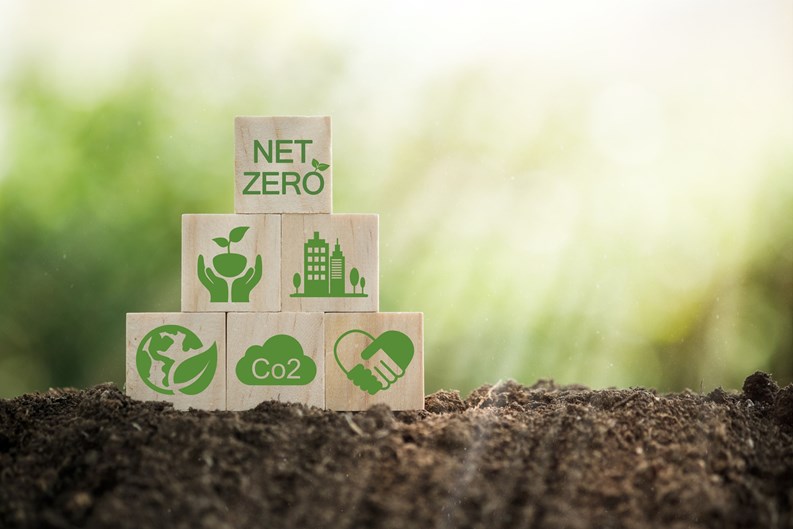
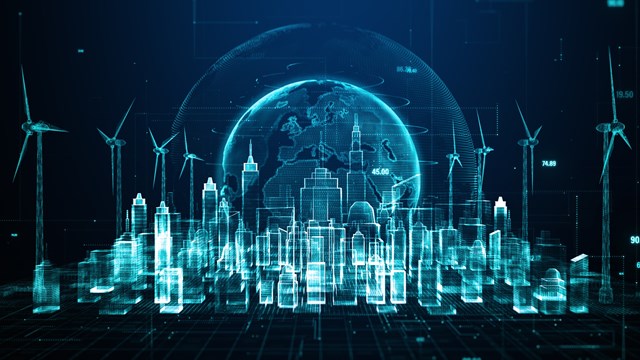
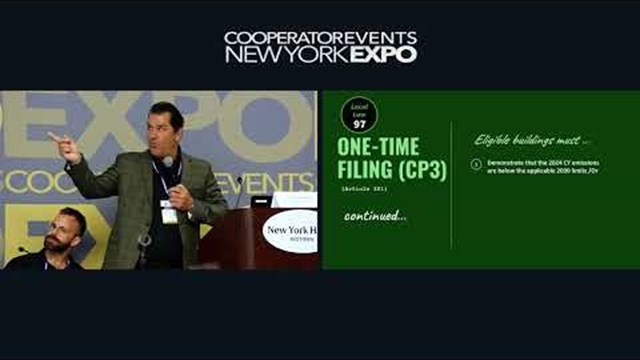


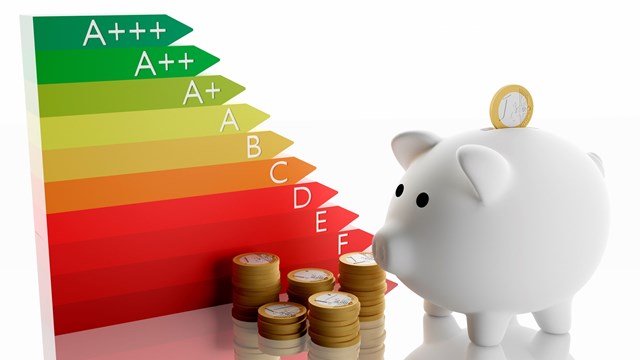
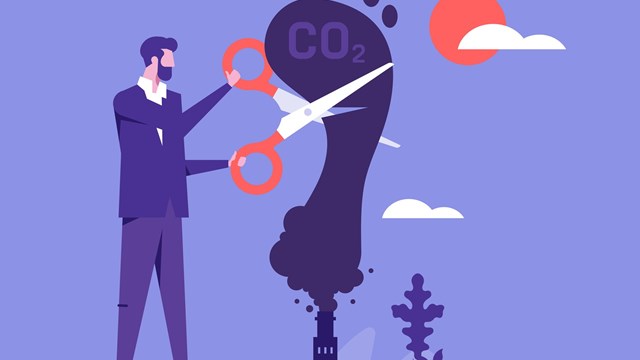
Leave a Comment